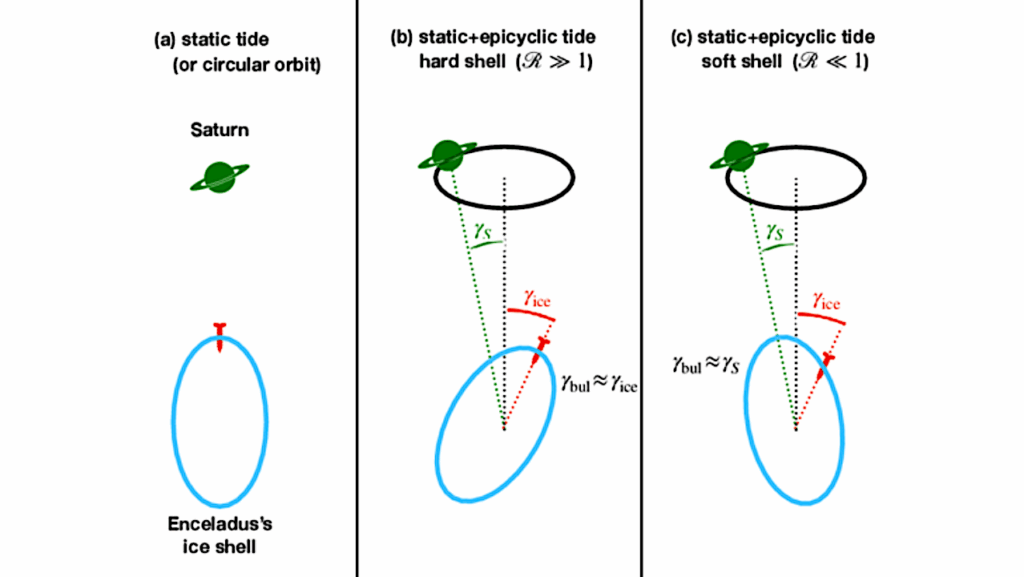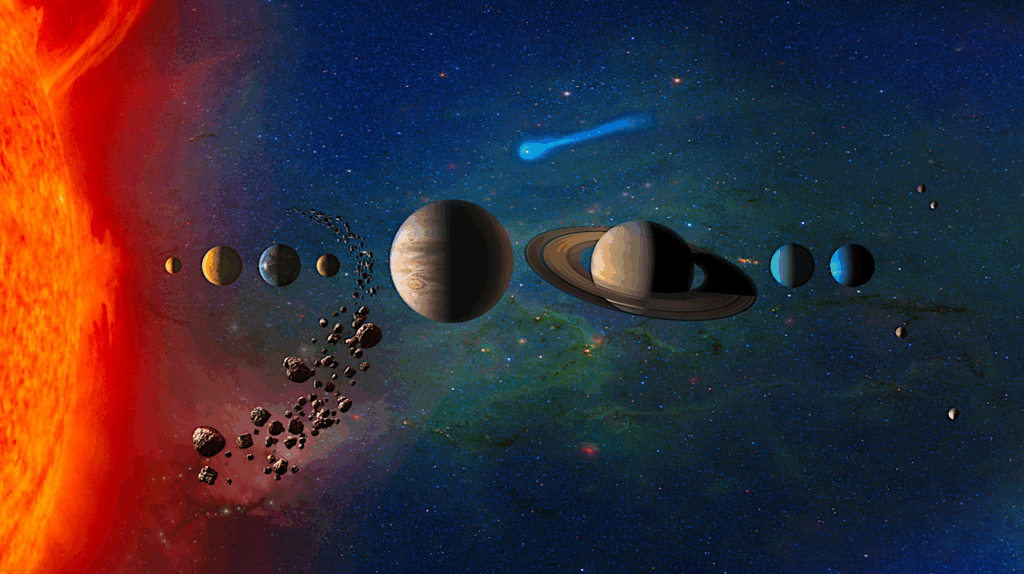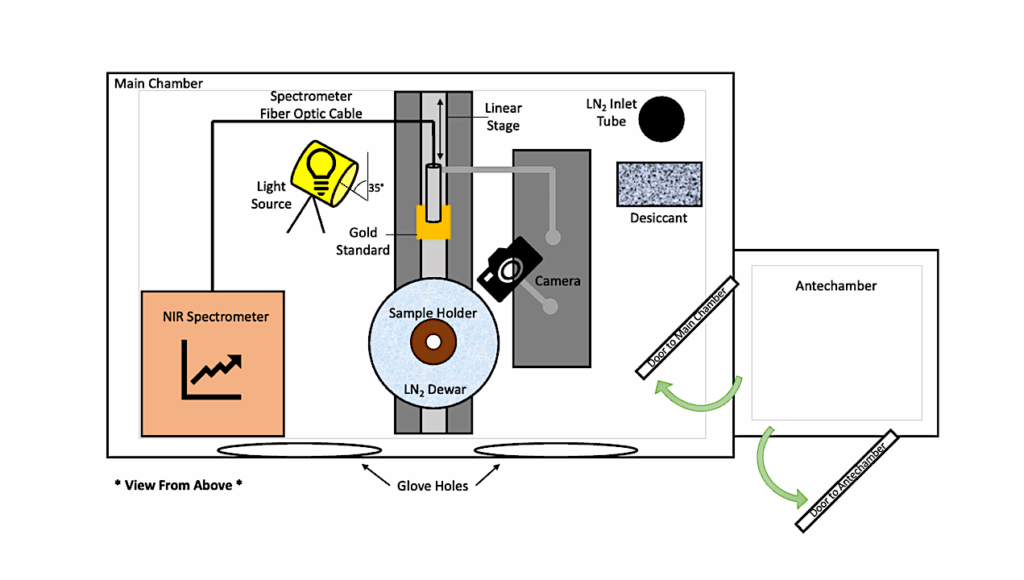In-situ Detection Of Europa’s Water Plumes Is Harder Than Previously Thought

Europa’s subsurface ocean is a potential candidate for life in the outer solar system. It is thought that plumes may exist which eject ocean material out into space, which may be detected by a spacecraft flyby.
Previous work on the feasibility of these detections has assumed a collisionless model of the plume particles. New models of the plumes including particle collisions have shown that a shock can develop in the plume interior as rising particles collide with particles falling back to the moon’s surface, limiting the plume’s altitude. Results show that the region over Europa’s surface within which plumes would be separable from the H2O atmosphere by JUICE (the region of separability) is reduced by up to a half with the collisional model compared to the collisionless model.
Putative plume sources which are on the border of the region of separability for the collisionless model cannot be separated from the atmosphere when the shock is considered for a mass flux case of 100kg/s. Increasing the flyby altitude by 100km such that the spacecraft passes above the shock canopy results in a reduction in region of separability by a third, whilst decreasing the flyby altitude by 100km increases the region of separability by the same amount. We recommend flybys pass through or as close to the shock as possible to sample the most high-density region.
If the spacecraft flies close to the shock, the structure of the plume could be resolvable using the neutral mass spectrometer on JUICE, allowing us to test models of the plume physics and understand the underlying physics of Europa’s plumes. As the altitude of the shock is uncertain and dependent on unpredictable plume parameters, we recommend flybys be lowered where possible to reduce the risk of passing above the shock and losing detection coverage, density and duration.
Rowan Dayton-Oxland, Hans L. F. Huybrighs, Thomas O. Winterhalder, Arnaud Maheiux, David Goldstein
Subjects: Earth and Planetary Astrophysics (astro-ph.EP)
Cite as: arXiv:2302.06614 [astro-ph.EP] (or arXiv:2302.06614v1 [astro-ph.EP] for this version)
Submission history
From: Rowan Dayton-Oxland
[v1] Mon, 13 Feb 2023 15:24:28 UTC (14,667 KB)
https://arxiv.org/abs/2302.06614
Astrobiology








